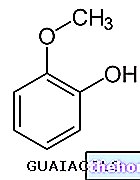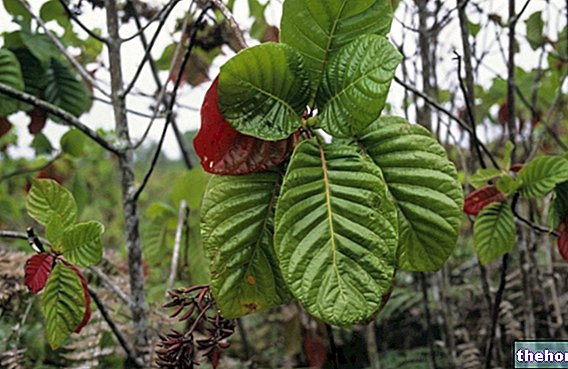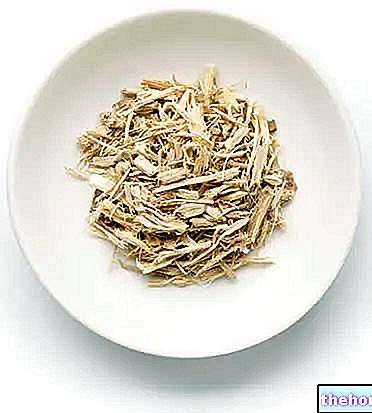An essential oil is a predominantly terpenic mixture, therefore there are assays aimed at evaluating the quality of drugs on the basis of their phytochemical characterization. The determination of the essences in plant drugs is nothing other than the determination of the yield in quantity of an essential oil obtainable from a drug.
In practical terms, the determination of the essences is an assay that allows to obtain how much essential oil can be extracted from a drug sample belonging to a specific batch. The sample is subjected to a particular extraction process to obtain the essential oil; the quantity of oil obtained is directly proportional to the production capacity of that batch of drug. In this case the quality evaluation of the drug can refer, for example, to the evaluation of the balsamic harvest time; if this is correct, a certain yield (quantity of essential oil that can be obtained) will be expected and vice versa.
Essential oils are predominantly terpenic blends and are obtained from improperly named drugs, because they are used fresh. The methods that can be used to obtain essential oils from fresh drugs are different, the main ones are three: the most used is steam distillation (steam). Others are enfleurage and squeezing; the first artisanal and exclusive, used in France, Italy and India, involves the use of a plexiglass plate where a layer of fat is placed and the flowers on top of it; the fat will then be extracted to obtain the oil.
Other articles on "Essential Oils Yield"
- Swelling index to evaluate the quality of a mucilage drug
- Pharmacognosy
- Quality control of an essential oil



























